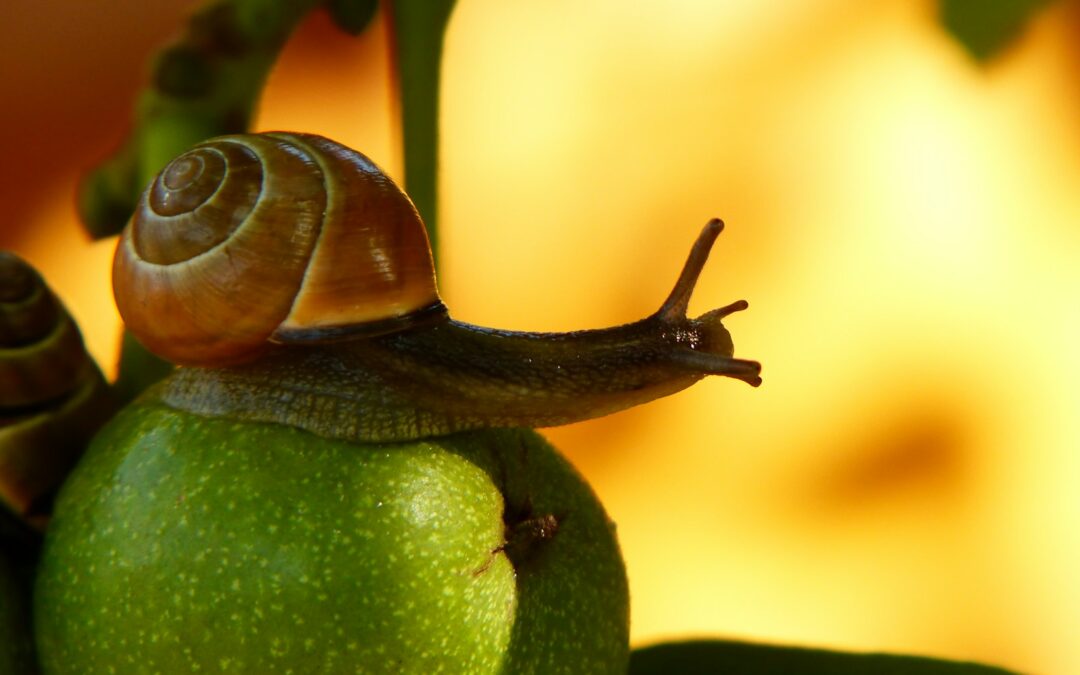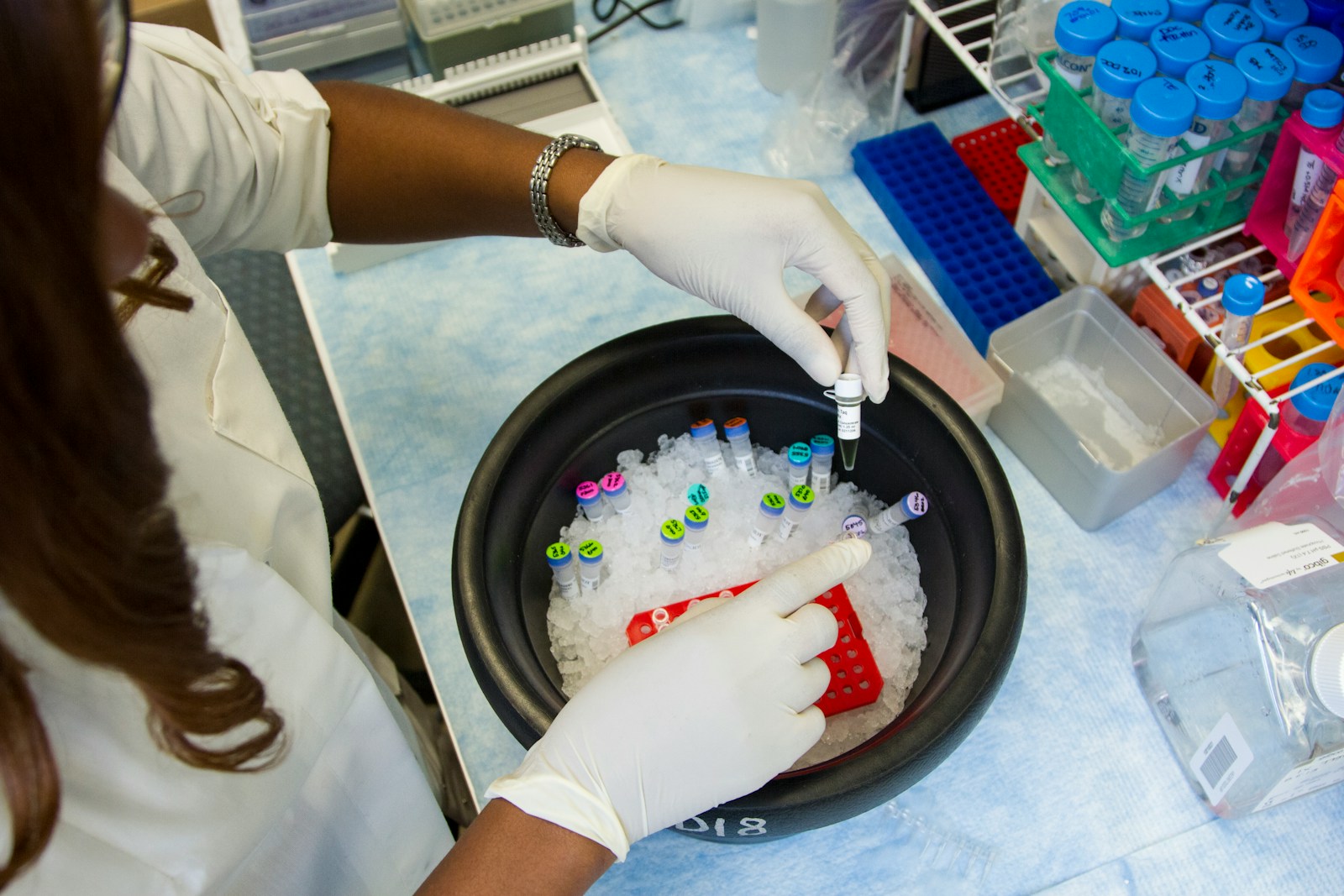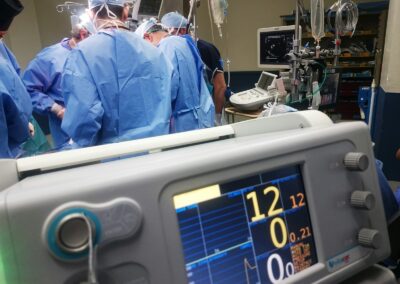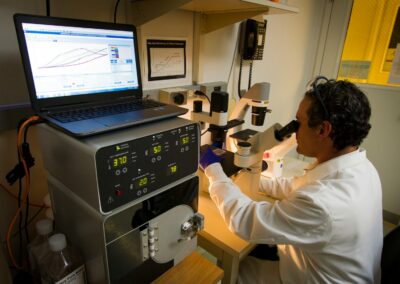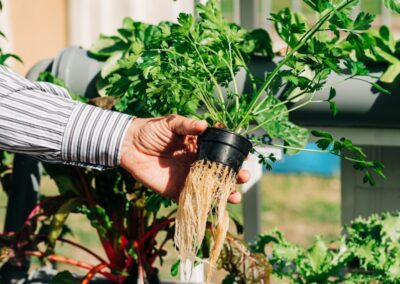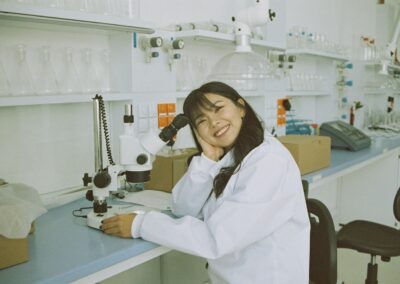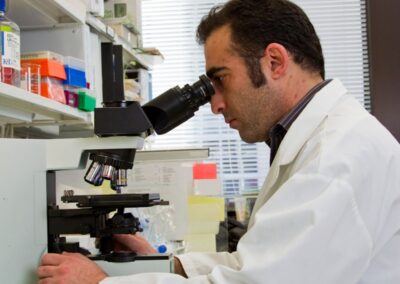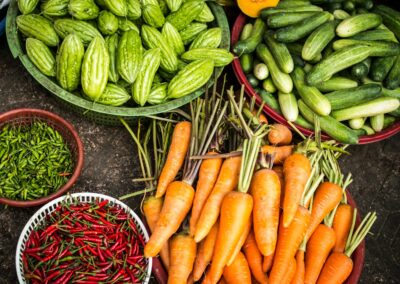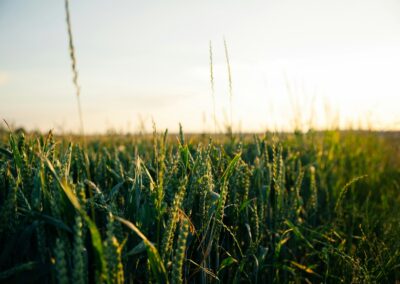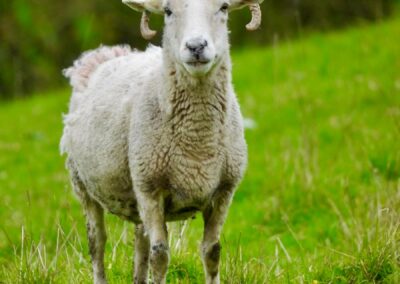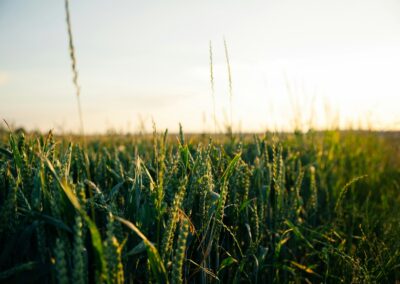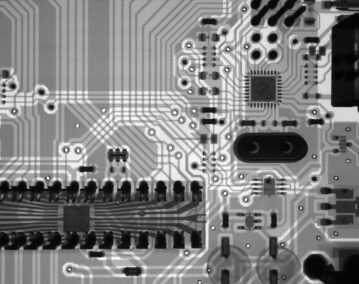Transforming Agriculture with IoT Pest Infestation Warnings
Enhancing Crop Protection through Predictive IoT Systems
IoT pest infestation warnings have revolutionized the agricultural sector, particularly in regions like Saudi Arabia and the UAE, where food security and efficient resource management are paramount. By deploying IoT sensors across fields, farmers can monitor environmental conditions such as temperature, humidity, and soil moisture in real time. These sensors detect anomalies that may signal the onset of pest infestations or disease outbreaks. For instance, a sudden increase in humidity coupled with specific temperature patterns could indicate the ideal conditions for fungal growth. When such data is flagged, farmers receive immediate alerts, enabling them to take preventative measures before the infestation spreads, thereby protecting their crops and ensuring a stable food supply.
Precision Agriculture: Leveraging IoT for Targeted Pest Control
In regions like Riyadh and Dubai, where modern technology is deeply integrated into various industries, IoT pest infestation warnings are becoming an essential tool for precision agriculture. Traditional methods of pest control often involve blanket applications of pesticides, which can be costly and environmentally damaging. IoT technology offers a more sustainable alternative by providing targeted insights into where and when pests are likely to strike. By analyzing data from various IoT devices, such as pheromone traps and weather stations, farmers can identify specific areas of their fields that are at risk. This allows for localized treatment, reducing the need for widespread pesticide use and minimizing the impact on the environment. The result is a more efficient and eco-friendly approach to pest management, which is particularly important in arid regions where resources are limited.
Real-Time Monitoring and Rapid Response for Disease Management
The ability to respond swiftly to disease outbreaks is crucial for maintaining crop health, and IoT pest infestation warnings play a vital role in this process. In the Middle East, where agricultural practices must adapt to harsh climate conditions, real-time monitoring provided by IoT devices is invaluable. These systems continuously gather data on plant health indicators, such as leaf moisture and chlorophyll levels, which can reveal early signs of disease. When a potential outbreak is detected, the system can automatically trigger appropriate actions, such as adjusting irrigation levels or applying targeted fungicides. This rapid response capability helps to contain the spread of disease, preserving crop yields and ensuring that farmers can meet the demands of their markets. The integration of IoT in agriculture is thus a key factor in enhancing food security in regions like Saudi Arabia and the UAE.
The Future of Agriculture: Expanding the Role of IoT in Crop Protection
Addressing Challenges in IoT Adoption for Agriculture
While IoT pest infestation warnings offer significant benefits, there are challenges that must be addressed to ensure their widespread adoption in agriculture. One of the main hurdles is the high initial cost of IoT systems, which can be prohibitive for small-scale farmers. Additionally, the complexity of integrating IoT technology with existing farming practices can be daunting. However, as the technology becomes more accessible and user-friendly, and as governments in regions like the UAE and Saudi Arabia invest in agricultural innovation, these barriers are likely to diminish. Education and training programs that teach farmers how to use IoT systems effectively will also play a crucial role in driving adoption. As these challenges are overcome, the agricultural sector will be better equipped to leverage IoT technology for enhanced crop protection and productivity.
IoT and Sustainable Agriculture: Reducing Environmental Impact
The environmental impact of traditional farming methods is a growing concern, particularly in regions where water scarcity and land degradation are significant issues. IoT pest infestation warnings contribute to more sustainable agriculture by enabling farmers to use resources more efficiently. For example, by precisely targeting pesticide applications, IoT systems reduce the amount of chemicals released into the environment, minimizing soil and water contamination. Moreover, the ability to monitor crop health and respond to potential threats in real time reduces the need for excessive irrigation, conserving water—a critical resource in arid regions like Saudi Arabia and the UAE. As the world moves towards more sustainable agricultural practices, the role of IoT in reducing the environmental footprint of farming will become increasingly important.
The Future of Smart Farming: Innovations and Advancements
Looking ahead, the role of IoT in agriculture, particularly in providing pest infestation warnings, is set to expand as technology continues to evolve. Advances in machine learning and artificial intelligence will enable IoT systems to become even more predictive and precise, offering deeper insights into crop health and potential threats. In regions like Riyadh and Dubai, where there is a strong focus on technological innovation, these advancements will be crucial in supporting the agricultural sector. Future developments may include the integration of drones with IoT systems for aerial monitoring and the use of blockchain technology to track and verify the effectiveness of pest control measures. As these innovations emerge, they will further enhance the ability of farmers to protect their crops and ensure food security in a rapidly changing world.
—
#IoTPestInfestationWarnings #SmartFarming #AgriculturalInnovation #CropProtection #SustainableAgriculture #SaudiArabia #UAE #Riyadh #Dubai

